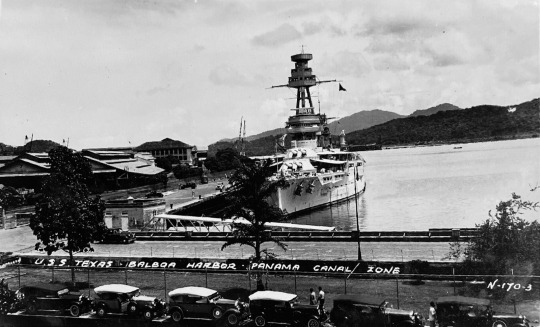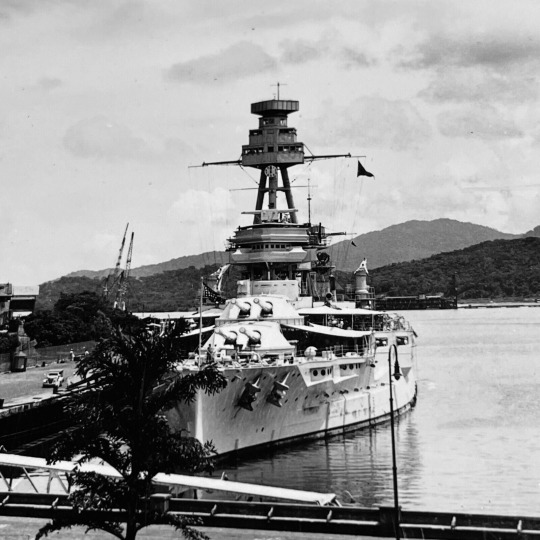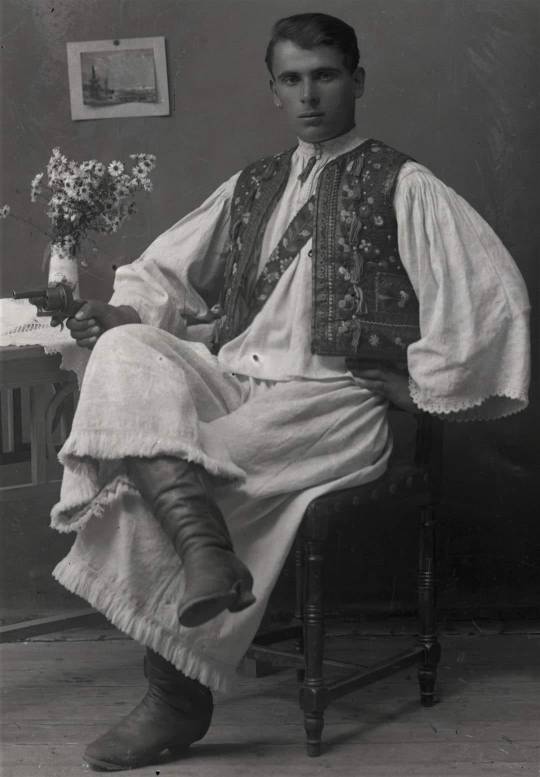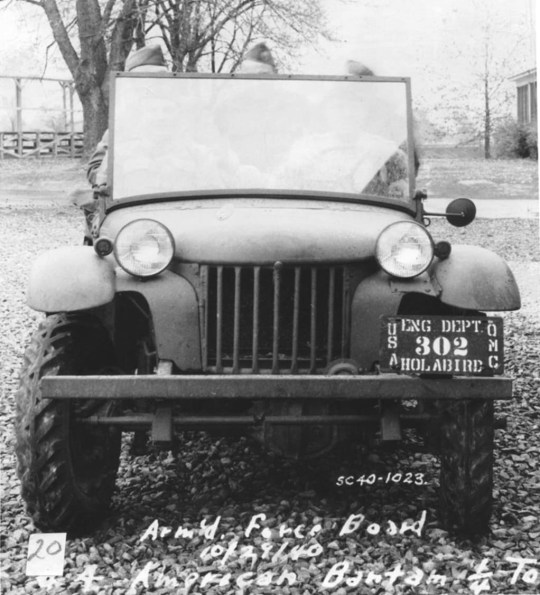#interwar period
Text
The Forgotten History of the World’s First Transgender Clinic
I finished the first round of edits on my nonfiction history of trans rights today. It will publish with Norton in 2025, but I decided, because I feel so much of my community is here, to provide a bit of the introduction.
[begin sample]
The Institute for Sexual Sciences had offered safe haven to homosexuals and those we today consider transgender for nearly two decades. It had been built on scientific and humanitarian principles established at the end of the 19th century and which blossomed into the sexology of the early 20th. Founded by Magnus Hirschfeld, a Jewish homosexual, the Institute supported tolerance, feminism, diversity, and science. As a result, it became a chief target for Nazi destruction: “It is our pride,” they declared, to strike a blow against the Institute. As for Magnus Hirschfeld, Hitler would label him the “most dangerous Jew in Germany.”6 It was his face Hitler put on his antisemitic propaganda; his likeness that became a target; his bust committed to the flames on the Opernplatz. You have seen the images. You have watched the towering inferno that roared into the night. The burning of Hirschfeld’s library has been immortalized on film reels and in photographs, representative of the Nazi imperative, symbolic of all they would destroy. Yet few remember what they were burning—or why.
Magnus Hirschfeld had built his Institute on powerful ideas, yet in their infancy: that sex and gender characteristics existed upon a vast spectrum, that people could be born this way, and that, as with any other
diversity of nature, these identities should be accepted. He would call them Intermediaries.
Intermediaries carried no stigma and no shame; these sexual and Gender nonconformists had a right to live, a right to thrive. They also had a right to joy. Science would lead the way, but this history unfolds as an interwar thriller—patients and physicians risking their lives to be seen and heard even as Hitler began his rise to power. Many weren’t famous; their lives haven’t been celebrated in fiction or film. Born into a late-nineteenth-century world steeped in the “deep anxieties of men about the shifting work, social roles, and power of men over women,” they came into her own just as sexual science entered the crosshairs of prejudice and hate. The Institute’s own community faced abuse, blackmail, and political machinations; they responded with secret publishing campaigns, leaflet drops, pro-homosexual propaganda, and alignments with rebel factions of Berlin’s literati. They also developed groundbreaking gender affirmation surgeries and the first hormone cocktail for supportive gender therapy.
Nothing like the Institute for Sexual Sciences had ever existed before it opened its doors—and despite a hundred years of progress, there has been nothing like it since. Retrieving this tale has been an exercise in pursuing history at its edges and fringes, in ephemera and letters, in medal texts, in translations. Understanding why it became such a target for hatred tells us everything about our present moment, about a world that has not made peace with difference, that still refuses the light of scientific evidence most especially as it concerns sexual and reproductive rights.
[end sample]
I wanted to add a note here: so many people have come together to make this possible. Like Ralf Dose of the Magnus-Hirschfeld-Gesellschaft (Magnus Hirschfeld Archive), Berlin, and Erin Reed, American journalist and transgender rights activist—Katie Sutton, Heike Bauer. I am also deeply indebted to historian, filmmaker and formative theorist Susan Stryker for
her feedback, scholarship, and encouragement all along the way. And Laura Helmuth, editor of Scientific American, whose enthusiasm for a short article helped bring the book into being. So many LGBTQ+ historians, archivists, librarians, and activists made the work possible, that its publication testifies to the power of the queer community and its dedication to preserving and celebrating history. But I ALSO want to mention you, folks here on tumblr who have watched and encouraged and supported over the 18 months it took to write it (among other books and projects). @neil-gaiman has been especially wonderful, and @always-coffee too: thank you.
The support of this community has been important as I’ve faced backlash in other quarters. Thank you, all.
NOTE: they are attempting to rebuild the lost library, and you can help: https://magnus-hirschfeld.de/archivzentrum/archive-center/
#support trans rights#trans history#trans#transgender#trans woman#trans rights#trans representation#interwar period#weimar#equality#autistic author#nonbinary#lgbtq representation#lgbtqia#book news#book#books#new books#thank you#neil gaiman#for your support
2K notes
·
View notes
Text
British colonial troops fight Palestinian snipers in Mandatory Palestine, 1936
176 notes
·
View notes
Text

1940 Bantam BRC MK II (BRC-60) mounting both a .30- and .50-caliber machine gun.
Date: February 1941
source
#Jeep#Bantam Mk-II#Bantam Model 60#Bantam BRC-60#Bantam#BRC-60#Military Jeep#Prototype#United States Army#U.S. Army#US Army#Army#February#1941#interwar period#my post
126 notes
·
View notes
Text


USS TEXAS (BB-35) docked at Balboa, Panama.
Date: May 9-26, 1936
source, source
#USS TEXAS (BB-35)#USS TEXAS#New York Class#battleship Texas#Dreadnought#Battleship#Warship#Ship#United States Navy#U.S. Navy#US Navy#USN#Navy#Balboa#Canal Zone#Panama#May#1936#interwar period#my post
97 notes
·
View notes
Text

"A flight of Boeing Y1B-17 Flying Fortresses banks in to fly over Manhattan. The bombers were assigned to the 96th Bombardment Squadron, which had twelve Y1B-17s on strength. At the time these were the only heavy bombers in the USAAC inventory. "
Date: March 28, 1937
source
#Boeing Y1B-17 Flying Fortress#Y1B-17#Boeing B-17 Flying Fortress#Boeing B-17#B-17 Flying Fortress#B-17#Flying Fortress#Bomber#2nd Bombardment Group#United States Army Air Corps#U.S. Army Air Corps#US Army Air Corps#Army Air Corps#Air Corps#USAAC#March#1937#interwar period#my post
76 notes
·
View notes
Photo

Max Beckmann, Synagogue, 1919
#max beckmann#synagogue#Weimar Republic#1919#interwar period#Babylon Berlin#neue sachlichkeit#new objectivity#german expressionism#painting#modern art#1910s painting#1920s berlin#berlin alexanderplatz
171 notes
·
View notes
Text

Curtis P-36 / Model 75 Hawk
11 notes
·
View notes
Text

7 notes
·
View notes
Text
The Emu War began 91 years ago today.
Total madness.
What a fucking shitshow that was!
#dougie rambles#personal stuff#history#australia#emu war#wtf#what#no context#this is real#emu#flightless birds#western australia#colonialism#weird history#australian army#wildlife management#1932#1930s#great depression#interwar period#military#military history#what a shitshow
19 notes
·
View notes
Text
Stifflip & Co. (Amstrad CPC/ZX Spectrum, Binary Vision, 1987)
Ingenious interwar interepidness awaits in this 8-bit comic-book-style parody adventure, starring four British heroes on a quest in South America to stop an evil genius from using a Rubberizing Ray that can un-starch wind-collars, loosen stiff upper lips, relax moral standards, and worst of all... alter the bouncing of cricket balls!
You can play it in your browser here. The ZX Spectrum version has a second part that requires a password given at the end of the first. You can read the Spectrum version's instruction manual here.



#internet archive#in-browser#amstrad#amstrad cpc#zx spectrum#game#games#video game#video games#videogame#videogames#computer game#computer games#comic#comics#parody#interwar period#adventure games#obscure games#weird games#1987#1980s#80s
12 notes
·
View notes
Text

Exceptional photo of a lad wearing a traditional folk costume from the Maramureș region in Romania, dating from the interwar period.
#maramures#interwar period#romania#folklore#tradition#interwar photography#interwar romania#folk costume
30 notes
·
View notes
Text


Members of the Imperial Equestrian Army's 41st Division (Reserve) during field exercises near Canterlot.
Featuring: @ask-jetstream
#Silver Wing#JetStream#ask-jetstream#Art#Random Art#MLP#My Little Pony#Pegasus#Two of them#Pegasi#Random Project#Equestrian Grand War#Interwar Period#Oh boy this took longer to finish than I expected#So yea#This is just a little project I've been thinking of for a while#Hoping to expand the lore over time#Also#Yes Temp I redid the art - even if you said the first one looked good XD
22 notes
·
View notes
Text

A group of Republican militiamen posing in a trench somewhere on the Madrid front. Possibly taken in late 1936 or early 1937.
171 notes
·
View notes
Text

"Taken at Camp Holabird, this view of the Bantam prototype clearly shows the graceful curved fenders. These soon gave way to the characteristic flat fenders. The Reconnaissance Car appears to be heavily burdened by the five men inside it."
source
#Jeep#Bantam Reconnaissance Car#Bantam BRC#Bantam#BRC#BRC Pilot#Archetype#Prototype#Military Jeep#Blitz Bugy#United States Army#U.S. Army#US Army#Army#October#1940#interwar period#my post
100 notes
·
View notes
Text



USS ARIZONA (BB-39) leads USS NEVADA (BB-36) in rough seas.
Date: May 1932
source, source, source
#USS ARIZONA (BB-39)#USS ARIZONA#Pennsylvania Class#USS NEVADA (BB-36)#USS NEVADA#Nevada Class#Dreadnought#Battleship#Warship#Ship#United States Navy#U.S. Navy#US Navy#USN#Navy#May#1932#interwar period#my post
59 notes
·
View notes
Text

The Vought XO5U-1 (BuNo 9399) at Annapolis.
Date: 1930s
SDASM Archives: 40959554
#Vought XO5U#XO5U#Observation Aircraft#Floatplane#United States Navy#U.S. Navy#US Navy#USN#Navy#1930s#interwar period#Annapolis#Maryland#East Coast#my post
50 notes
·
View notes